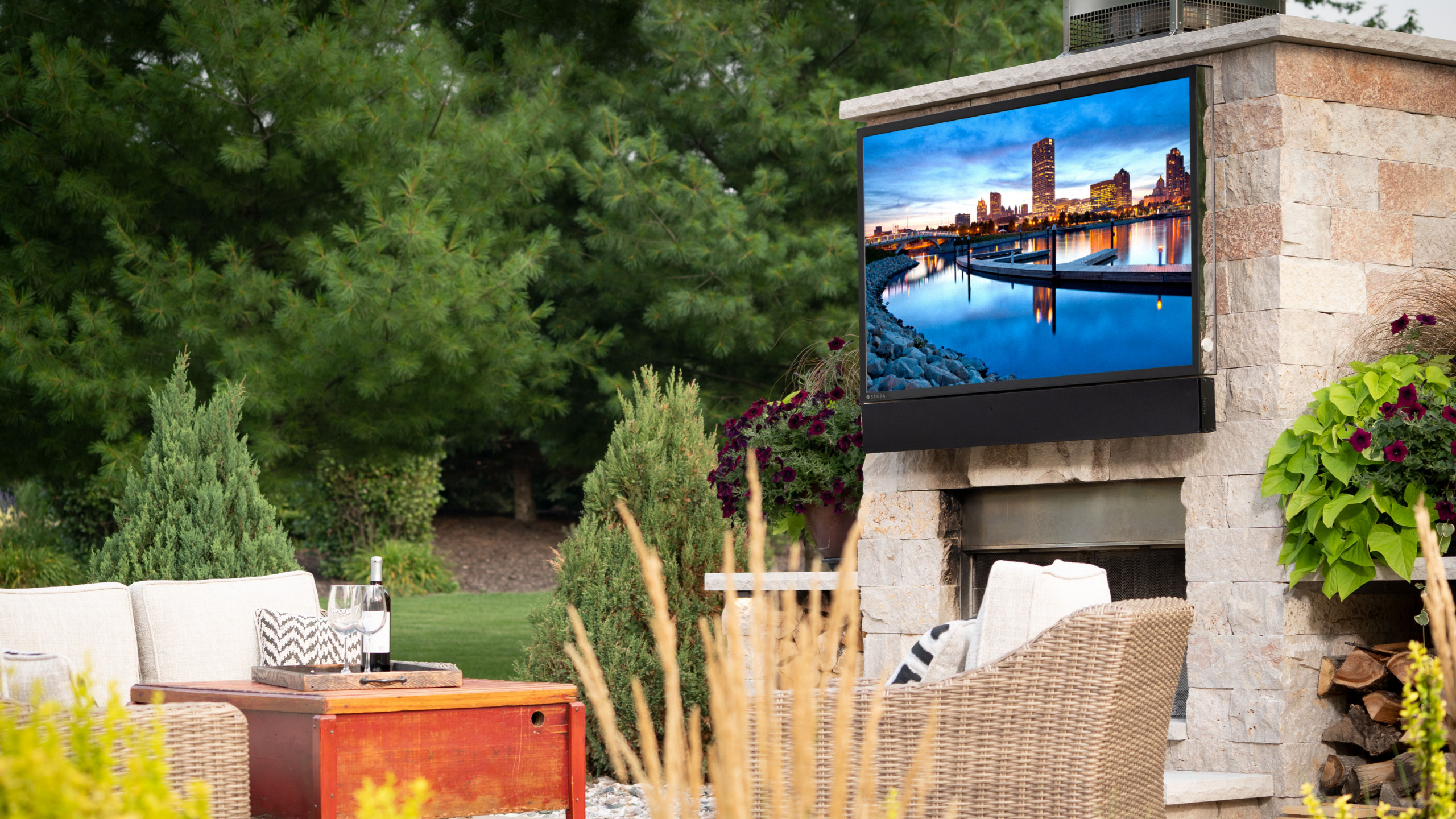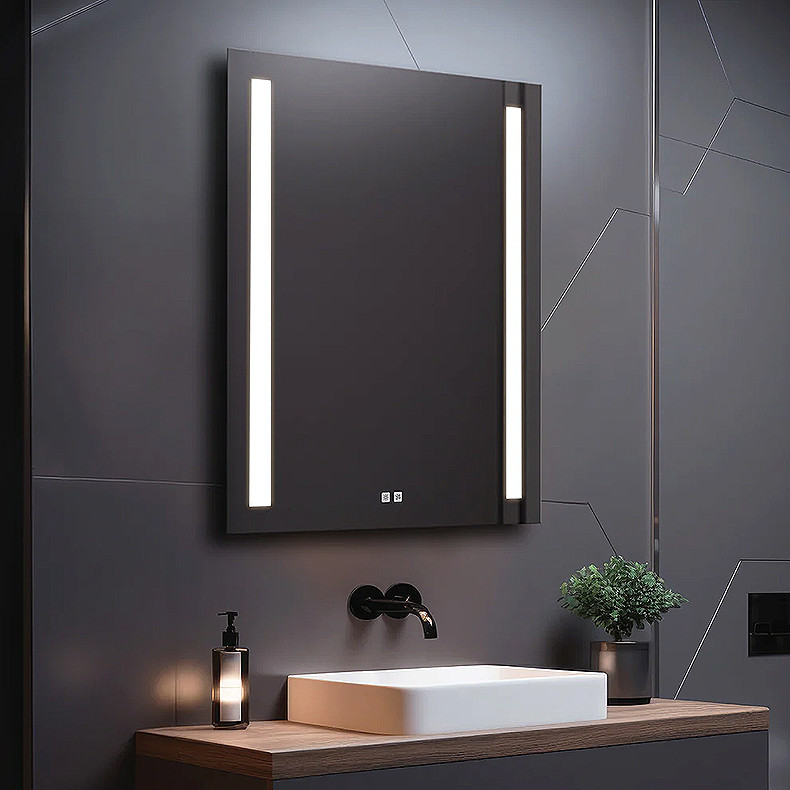
OUTDOOR TVS
An outdoor TV is specifically designed to operate in a range of outdoor environments, capable of withstanding challenging weather conditions such as rain, high humidity, and extreme temperatures. Unlike standard indoor televisions, outdoor models typically come with enhanced durability and performance features. These TVs often incorporate weather-resistant components, including sealed cabinets that protect internal electronics, tempered glass screens that resist cracking and scratching, and weatherproof cables that prevent damage from moisture and UV exposure.
Additionally, outdoor TVs usually have higher brightness levels to ensure clear visibility in direct sunlight, and they may come with anti-reflective coatings to further reduce glare. Because of these specialized features, outdoor TVs tend to be more expensive than their indoor counterparts, but they offer a reliable and enjoyable viewing experience for outdoor spaces such as patios, decks, and backyards.
Durability
Weatherproof and Waterproof: Rated IP56 to resist powerful water jets and protect against dust and solid particle ingress. Fully protected from rain, snow, dust, insects, and humidity. Designed to withstand all seasons and temperatures, ranging from -24°F to 140°F. Built with a corrosion-free chassis and engineered for safety against electrical shock and fire.
Shade or Direct Sun Technology
If your outdoor area receives direct sunlight, the Full Sun Series is the best choice. It features higher brightness levels, a glare-reducing matte finish, and a built-in cooling system. On the other hand, if your outdoor space is completely shaded, the Shade Series is an excellent option. While it still has elevated operating temperatures to withstand both heat and cold, it is weatherproof. However, the Shade Series doesn't get as bright as the Full Sun Series because it doesn't need to compete with sunlight.
Operating Temperatures & Brightness
Seeing is believing, and there's no denying that brightness is essential for outdoor viewing. Our outdoor TVs are three times brighter than indoor TVs.
It's important to note that "operating temperature" refers to the temperature of the TV itself, not the surrounding air temperature. On an 80°F day, a TV can reach 123°F within 60 minutes. Our outdoor TVs can operate at full brightness in temperatures up to 140°F outdoors.
LIGHTED & TV MIRRORS
What Do Lighted Mirrors Offer?
Lighted mirrors come with a variety of advantages that enhance both visibility and the overall aesthetic of a space. One of their primary benefits is the provision of even, glare-free illumination. This feature is particularly beneficial for tasks that require precision, such as makeup application, hairstyling, and shaving, as it allows users to see every detail clearly and ensures that colors are represented accurately under optimal lighting conditions.
In addition to practical uses, lighted mirrors can significantly elevate a room's design. They often serve as stylish focal points, harmonizing with the décor and creating a more sophisticated atmosphere. By incorporating lighting directly into the mirror, these fixtures can also reduce the need for bulky overhead or wall-mounted light fixtures, which often take up valuable space. This streamlined look contributes to a more modern and uncluttered aesthetic, making lighted mirrors both a functional and decorative addition to any bathroom, dressing area, or bedroom.
What is a TV Mirror?
A TV mirror is an innovative piece of technology that functions as both a television and a mirror. When powered off, it appears as a sleek, reflective surface, seamlessly integrating into your living space without disrupting the décor. When activated, the TV mirror displays high-quality video content, providing all the functions of a traditional television.

Why Is Color Temperature Important?
Color temperature is essential for lighted mirrors because it significantly affects how your skin looks and the accuracy of makeup application. Warm white light (2700K-3000K) creates a soft, relaxing ambiance and can be flattering for some skin tones. In contrast, cool white light (5000K-6500K) mimics natural daylight, ensuring accurate color representation and minimizing shadows.
What is CRI?
CRI stands for Color Rendering Index, which measures how accurately a light source displays the colors of objects compared to natural daylight. A higher CRI value indicates better color accuracy, with 100 representing perfect color rendering, similar to sunlight. This measurement is important because accurate color rendering is crucial in various settings, particularly in spaces where the appearance of people and surroundings can be significantly affected.
Dual-Purpose TV Mirror
This dual-purpose design not only maximizes the utility of your space but also enhances the aesthetic appeal of a room by eliminating the need for a separate TV. TV mirrors are often used in various settings, including living rooms, bedrooms, and even bathrooms, where they can offer entertainment while maintaining a chic, modern look. With advancements in display technology, many models now feature smart capabilities, allowing users to stream content, access apps, and control the mirror through voice commands or mobile devices. This perfect blend of functionality, style, and convenience makes TV mirrors a desirable addition to contemporary homes.
